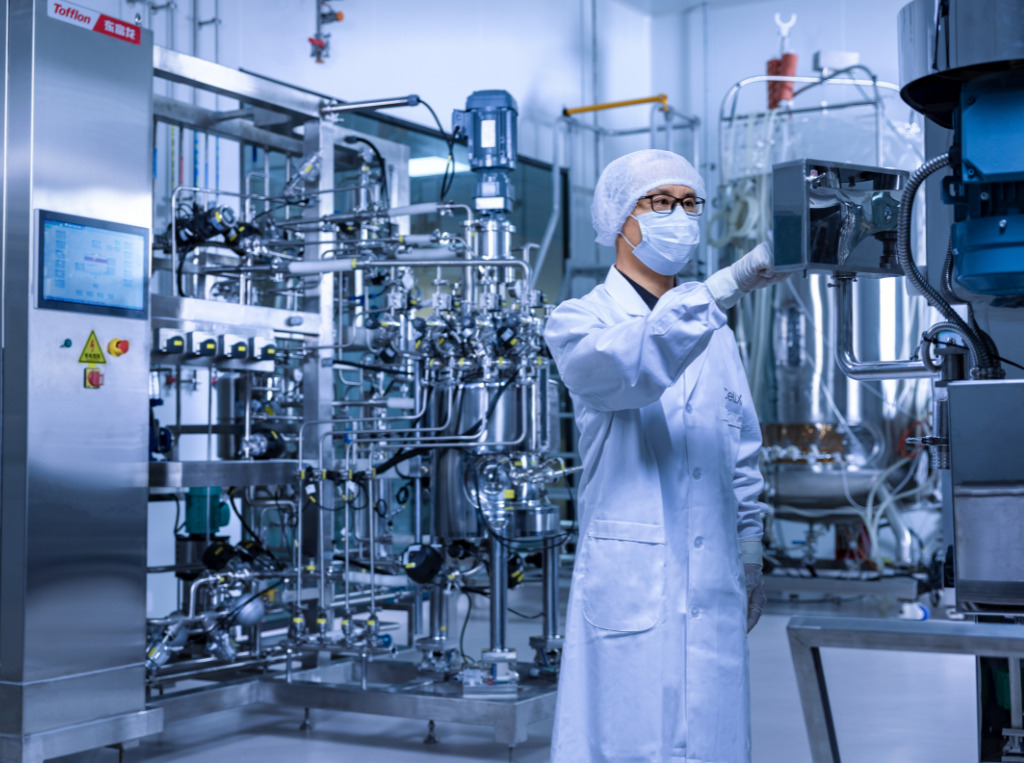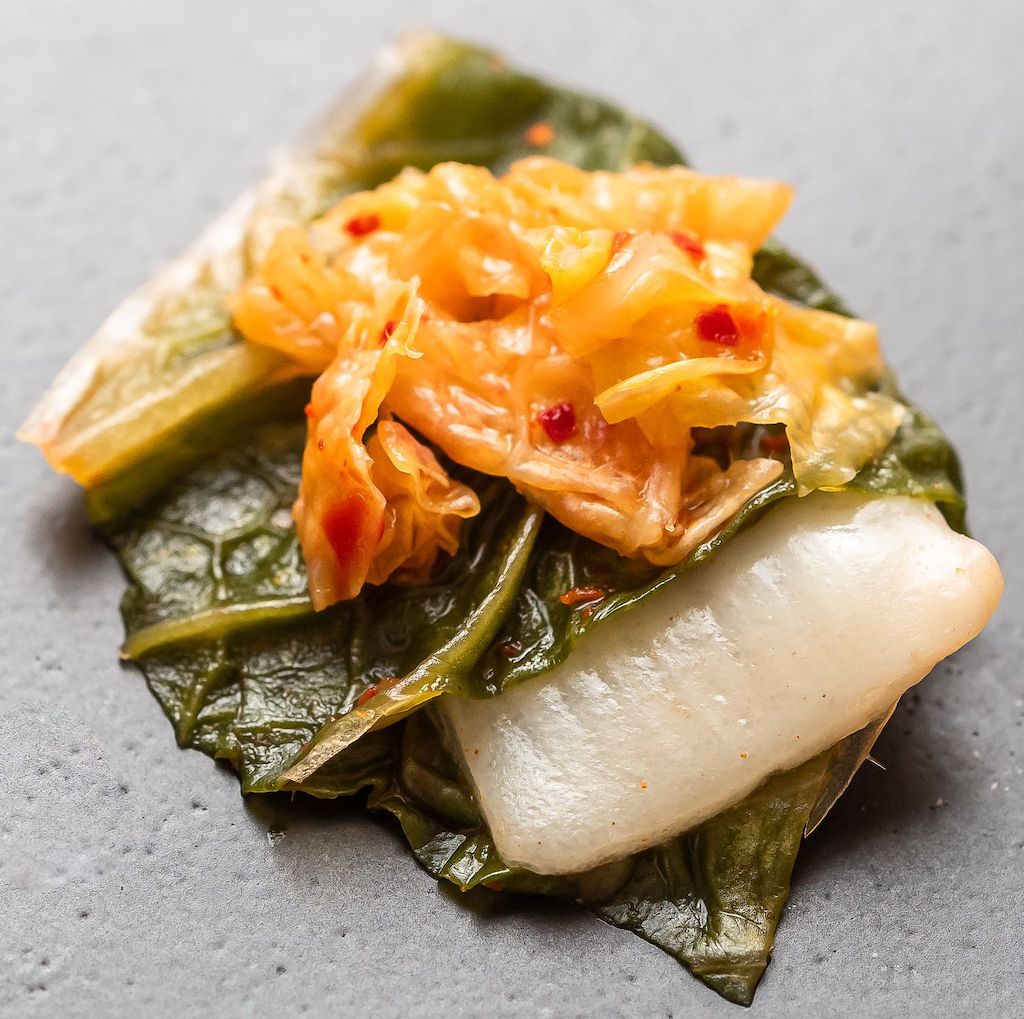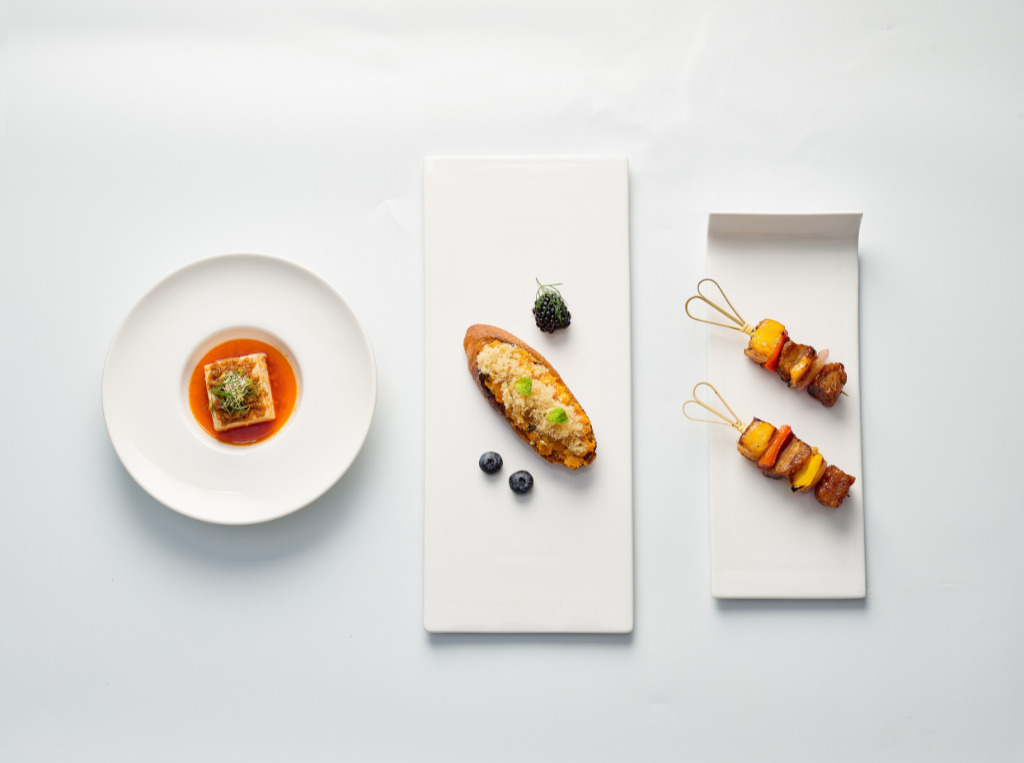This Shanghai Startup Says It’s Getting Closer To ‘Cost-Effective Mass Production of Cultivated Fish’
4 Mins Read
Shanghai-based agtech firm CellX has announced the successful trial of its first 200-litre fish cell pilot production, marking an important step towards its industrial application of cultivated seafood products. It comes a month after the completion of its large-scale cultivated meat pilot factory last month.
CellX’s research and development team completed the first production trial of suspended cultured fish cells in a 200-litre bioreactor, achieving what the company calls a “smooth transition” of the first batch of cells from its lab to its pilot workshop.
Last month, the company completed Future Food Factory X, its new pilot plant that features multiple 1,000-litre bioreactors and has been called the “cornerstone” of CellX’s journey to scale production. The company had already screened 20 immortalised cell lines via a high-throughput automated system, and some had already been adapted to grow in single-cell suspension. This included what CellX claimed was the world’s first successful single-cell suspension of fish cell lines.
The same month, CellX says it trialled avian cells in a 1,000-litre system, demonstrating its vision of “building a technology platform and promoting multiple pipelines simultaneously”. In the first batch of fish cells, the maximum cell growth density was nearly 20 million cells per ml, with a higher potential for growth rate and efficiency compared to avian and mammarian cells.
Overcoming cost and other challenges

The company claims the cost of producing this batch was lower than 400 yuan per unit (below $55) and under $100 per pound, while industrial-scale manufacturing will bring it down further. And this is essential, given that cultivated meat production would need to reach $2.92 per pound to be price-competitive, according to Reuters. “We are confident that through continuous technological iteration, we can achieve cost-effective mass production of cultivated fish,” said Shuangshuang Chen, CellX’s head of research and development.
CellX has previously stated its intention to target the high-end market first and says scaling up combined with a much lower cost of bioreactors (compared to the US and Europe) and the Chinese government’s incentives for cultivated meat as part of its 14th five-year plan, will help lower costs.
The successful trial is a breakthrough given research on fish cell suspension culture has faced many challenges in the past, according to the company. When compared to poultry and livestock, fish cells lack basic industry and academic research on suspension culture, so CellX needed to explore suitable suspension paths from scratch. There is also a lack of corresponding suspension culture media for fish cells, with few reference points, which makes it harder to develop corresponding media.
CellX says its high-mobility technology platform – a result of three years of R&D – can be applied to different product pipelines. “Through the use of high-throughput equipment and systematic research methods for cell fate regulation, we achieved successful suspension differentiation of fish cells in only six months, which typically requires one to two years in the industry,” said Chen.
The company believes this trial has laid down the marker for the commercial production of cultivated fish. “We expect this technology to play an important role in ensuring food security and promoting sustainable fisheries development,” Chen added.
The rise of cultivated seafood

“As global attention continues to focus on food security, carbon neutrality and other issues – as well as growing concerns about marine pollution and overfishing – efficient, controlled, and safe cultivated aquatic products hold tremendous market potential,” said CellX co-founder and CEO Ziliang Yang.
Rising demand for seafood has led to higher greenhouse gas emissions, and the heavy fuel use by ocean fishery vessels also contributes to climate change. The use of plastic packaging and the presence of microplastics in the ocean exacerbate the industry’s problems – both of which are highlighted in the 2021 documentary Seaspiracy.
At least 20 companies are working in the cultivated seafood sector across the supply chain, and investment in this sector tripled between 2016-22, according to industry body the Good Food Institute. Some of these include Umami Meats, BlueNalu, Shiok Meats, Bluu Seafood, Finless Foods and Wildtype Foods.
“Through platform technology support, we are actively developing a series of high-value aquatic products, including grouper and yellow croaker, providing strong technical support for future high-value seafood products entering the market,” said Yang.
Currently, only Singapore and the US allow the sale of cultivated meat, and Yang said last month that CellX will file for regulatory approval in both countries, with the aim to launch in 2025.




